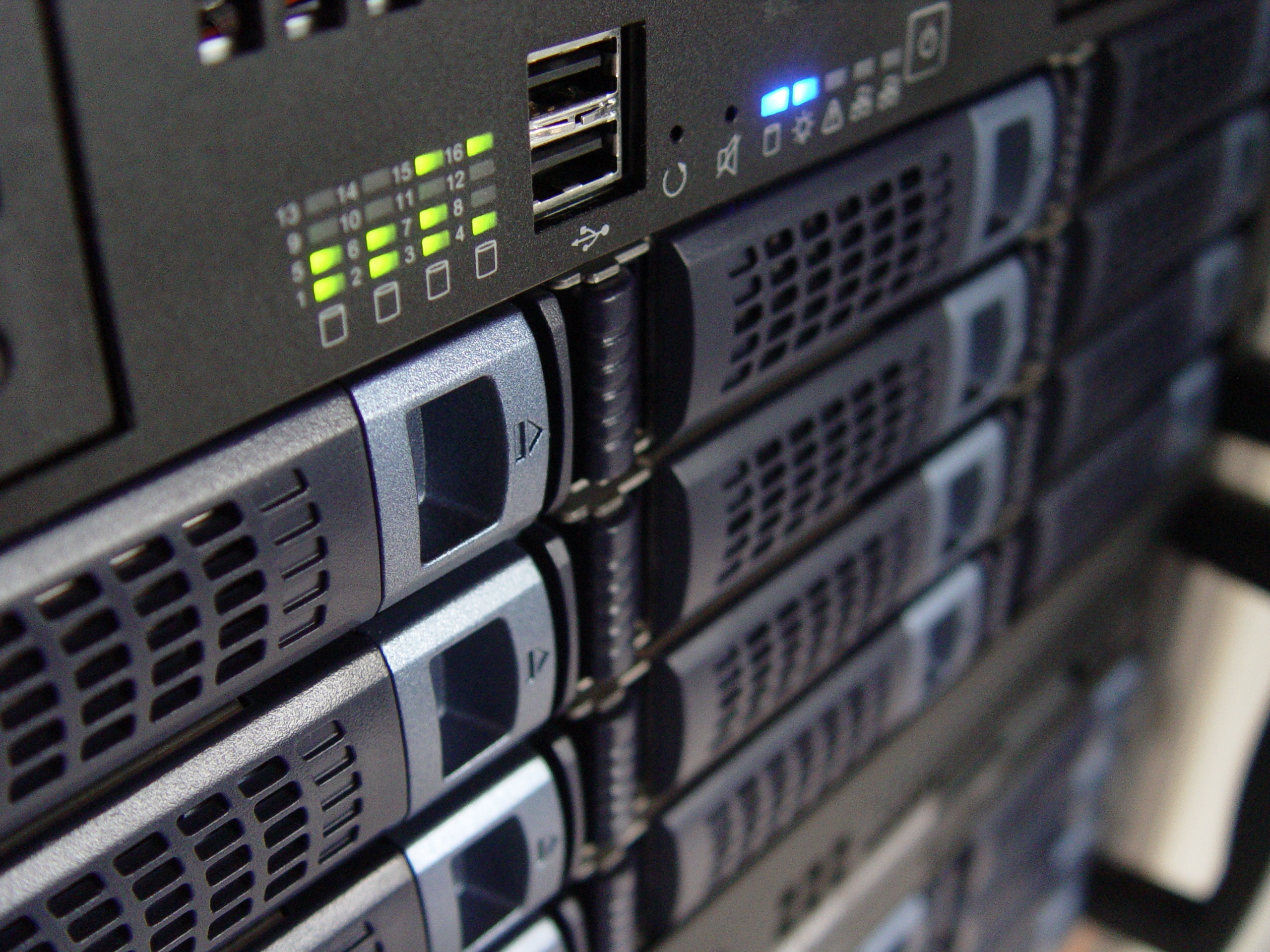It can be a challenge for some business owners to determine when the time is right for a technology refresh. Many recognize that in order to continue offering their services and products, the technology in place needs to be able to perform and work for their needs. After all, technology is the very backbone of most modern businesses.
Businesses can grow and change directions quickly, thus it’s important for your IT or finance department to be able to channel funds and effort into ensuring the technology within the business is kept up-to-date and operating in ways that benefit your business, rather than the other way around.
In case you’re still wondering if it’s time to upgrade or not, take a look at some of the signs below that could be telling you it’s time for a technology refresh.
Too much downtime
If your business is spending too much idle time and money waiting for technology to work properly, then that is a tell tale sign it’s time for a refresh. Servers or workstations that seem to take ages to boot up, or technology systems that continually crash and cause major headaches can all contribute to too much downtime than you can afford.
Company is growing in terms of scale
The great thing about the right technology is that it’s often scalable, meaning as your business grows, your technology should be growing alongside it to handle the extra workload. If your technology is not growing, yet your business is, you will find yourself in an imbalance with technology that will begin suffering in performance.
Security
It’s important to equip your business with technology that will keep your business data secure and compliant with regulations for your industry. The cost of cleaning up a data breach or ransomware infection, not to mention the reputation of your business, often far outweighs the cost for secure technology.
Increased inconsistency with your hardware
When your hardware (server, workstations, backup devices, etc.) starts failing, it’s time for a refresh. Hardware failures can range from computers and servers not booting up properly to your backup devices not working the way it’s intended. These inconsistencies if ignored, often lead to much bigger technology issues down the road that could end up costing more than simply replacing or upgrading the technology once issues arise.
Discontinued support
Most technology has a lifecycle of use which means patches to security, operating system updates, and support are offered for that specific product over a set period of time. Once support ends for those products, then you will need to upgrade the products to ensure you are still receiving support, patches, and updates. Microsoft recently published the End-of-Life for several products beginning in 2019 and extending into 2020. Click here to see a list of those products and their end dates.
High phone bills
Technology such as VoIP phone systems that use the internet, rather than traditional phone lines, often save businesses money on phone bills. It may be time to ditch the traditional phone set up at the office and invest in newer communication technology that will not only cut down on the costs associated with analog systems, but will also benefit your employees who work remotely and want to use their business extension on-the-go. Click here to learn more about VoIP phone systems.
Questions or comments? Contact us today!








